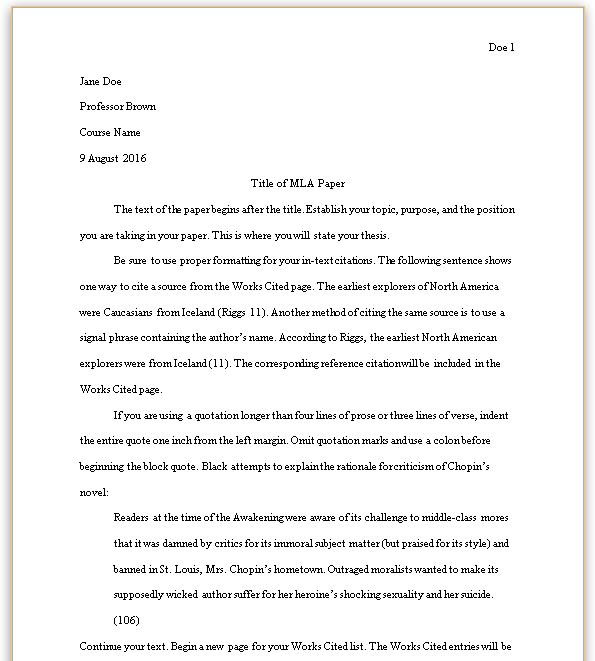- What should the nurse do when administering a therapeutic bath to a patient who has severe pruritus?
- Use Burrow’s solution to help promote healing.
- A frail, older adult home health patient who had chickenpox as a child has been exposed to varicella (chickenpox) several days ago. What should the nurse do?
- Assess frequently for herpes zoster.
- A patient has herpes zoster (shingles) and is being treated with acyclovir (Zovirax). What should the nurse do when administering this drug?
- Use gloves.
- A child has been sent to the school nurse with pruritis and honey-colored crusts on the lower lip and chin. The nurse believes these lesions are most likely:
- Impetigo.
- A school nurse assesses a child who has an erythematous circular patch of vesicles on her scalp with alopecia and complaints of pain and pruritus. Why would the nurse use a Woods lamp?
- To cause fluorescence of the infected hairs.
- A patient, age 46, reports to his physician’s office with urticaria with elevated lesions that are white in the center with a pale red border on hands and arms. He says, “It itches like crazy.” Which type of lesion would the nurse include in her documentation?
- Wheals.
- The home health nurse assessing skin lesions uses the PQRST mnemonic as a guide. What does the S in this guide indicate?
- Severity of the symptoms.
- What would the nurse stress to the 17-year-old girl who has been prescribed Accutane for her acne?
- Use dependable birth control to avoid pregnancy.
- A 30-year-old African American had surgery 6 months ago and the incision site is now raised, indurated, and shiny. This is most likely which type of tissue growth?
- Keloid.
- A patient, age 37, sustained partial- and full-thickness burns to 26% of the body surface area. When would the greatest fluid loss resulting from the burns occur?
- Within 12 hours after burn trauma.
- Most of the deaths from burn trauma in the emergent phase that require a referral to a burn center result from:
- Hypovolemic shock and renal failure.
- The nurse takes into consideration that carbon monoxide intoxication secondary to smoke inhalation is often fatal because carbon monoxide:
- Binds with hemoglobin in place of oxygen.
- A nurse arrives at an accident scene where the victim has just received an electrical burn. What is the nurse’s primary concern?
- The likelihood of cardiac arrest.
- A patient, age 27, sustained thermal burns to 18% of her body surface area. After the first 72 hours, the nurse will have to observe for the most common cause of burn-related deaths, which is:
- Infection.
- Two weeks after a severe burn of over 20% of the body, the patient vomits bright red blood. Which condition is most likely?
- Curling Ulcer.


